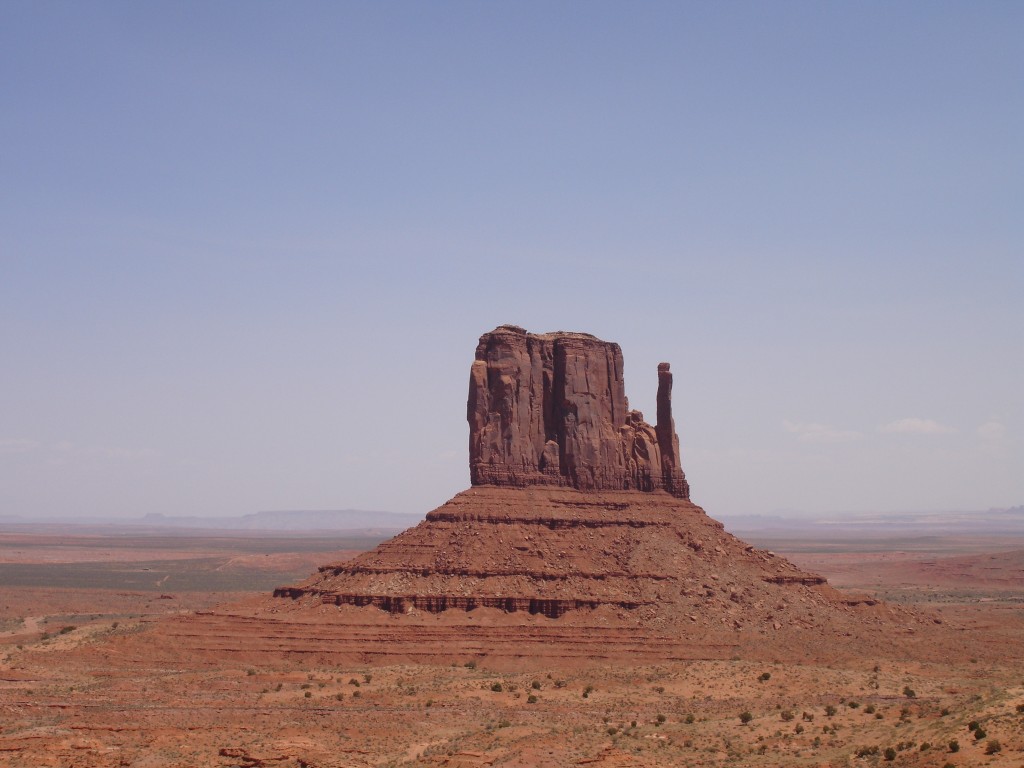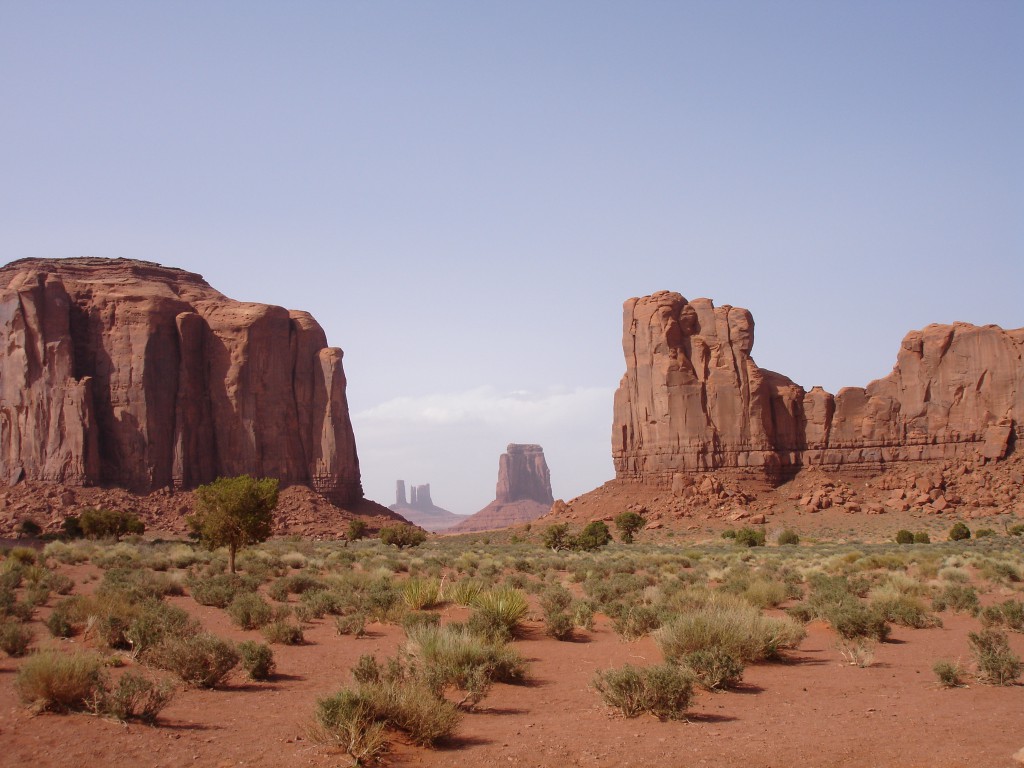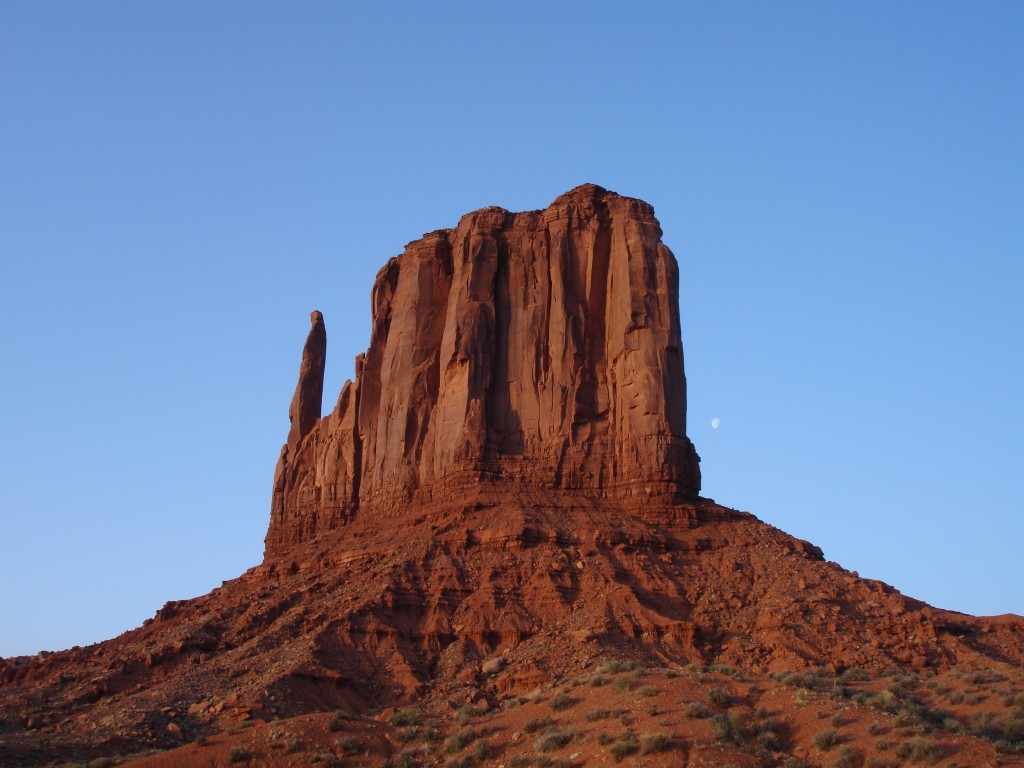Breathtaking Rock Formations
If you’re looking for an unforgettable adventure through stunning rock scenery, and you’ve got a soft spot for the classic Wild West, then Monument Valley definitely belongs at the top of your travel list
Monument Valley is without a doubt one of the most astonishing places and nature preserves I’ve ever had the chance to experience in the United States. The towering sandstone buttes are absolutely magnificent. As you move through the valley, you’re met with dramatic spires, weathered towers, sweeping sand dunes and colossal rock formations that will blow you away. The whole landscape feels surreal, like stepping into a living painting. It’s overwhelming to say the least, beautiful, vast, and deeply moving.
Entering Monument Valley: A Delightful Drive Through Nature’s Majestic Sculptures
Approaching Monument Valley feels like entering another world. The park straddles the border between Utah and Arizona, deep in the heart of Navajo Nation land, based on the ancient Colorado Plateau. There’s only one main road that leads you there, US Route 163, and the drive alone is part of the magic.
As I approached the state line, that breathtaking view suddenly appeared in the distance, those tremendous sandstone formations rising up from the desert floor like giants. Beyond astonishing. That long, perfectly straight stretch of highway leading straight toward the buttes is a scene you’ve probably seen in photos or movies, but seeing it in person is something else entirely. It’s nothing short of a staggering sight.
Just before you reach the massive formations, there’s a subtle curve in the road that frames the landscape like it was made for a postcard. Definitely make a photo stop right there. It’s one of those moments that just begs to be captured.
From there, the highway winds past Monument Pass, then drops down toward a network of dusty, winding dirt roads that lead you even deeper into this otherworldly, expansive place. It’s wild, remote, and completely striking.

Geology: The Story Beneath the Phenomenal Buttes
When I looked out over Monument Valley, I couldn’t help but feeling a sense of utter amazement, witnessing the ancient geological formations created by weathering and time itself. This breathtaking landscape was shaped over the course of about 160 million years through a powerful combination of erosion, uplift and even volcanic activity. Before human existence, this area was once a lowland basin. But over the last 50 million years, nature carved deep into the surface of the plateau, gradually sculpting the incredible buttes and mesas we see today.
The deep, rich red of the valley floor comes from Culter Red siltstone, coloured by iron oxide, basically rust in the rock. As I explored the valley, I actually saw the layers of time stacked in the buttes. The bottom layer, which crumbles more easily, is called Organ Rock Shale. Above that is the thickest and most prominent section, de Chelly sandstone, and on top is a mix of Moenkopi shale capped with a hard layer of Shinarump siltstone.
I find it fascinating how each layer tells a part of Earth’s ancient past. Shale, for instance, is a fine-grained rock made of mud, clay and tiny mineral fragments like quartz and calcite, all compressed over millions of years. The Organ Rock Shale dates back to the Permian period, between 251 and 299 million years ago, and it’s part of what geologists call the Cutler Red Beds.
The de Chelly sandstone layer is especially striking. It’s not laid down in neat, flat lines like most sandstones, it’s full of swirling patterns, steep angles, and cross-bedded wedges, shaped by ancient winds. Then there’s the Moenkopi layer, which was laid down about 240 million years ago in the Triassic period, and finally, the Shinarump siltstone a tough, gravelly rock from the early Late Triassic that protects the softer layers below.
Standing there, surrounded by these towering formations, I felt stunned by the scale and beauty of it all. Monument Valley isn’t just a scenic place – it’s a geological time machine.

The Visitor Center: Face to Face with the Mitten Buttes: A View I’ll Never Forget
One of the best ways to begin your journey through Monument Valley is by heading straight to the visitor center. That’s where it really hits you. As I stepped onto the viewing platform, I was met with a sweeping, unforgettable view—the kind that makes you stop and just breathe it in. Right in front of me were the iconic West and East Mitten Buttes, standing like silent sentinels over the desert. These towering rock formations are what Monument Valley is famous for, and seeing them in person is something photos just can’t fully capture. Formations that have always stunned me, ever since I was little, watching classic John Ford westerns where these buttes felt like characters themselves.
The visitor center also has a cosy little souvenir shop, perfect for grabbing a memento before diving deeper into the valley. Believe me, soaking in the scenery here is the perfect way to start your adventure. It gives you just a glimpse of what lies ahead.

Touring the Majestic Park: A Landscape Like No Other
To explore Monument Valley more deeply, just know that most of it can only be accessed with a Navajo guide since this land is part of the Navajo Nation, and guided tours are the only way to truly experience its heart. But there’s one special exception: the Wildcat Trail.
The Wildcast Trail: Waking Up to Monument Valley – A Sunrise Hike Through Untouched Beauty
If you’re looking for a truly unforgettable experience, I can’t recommend the Wildcat Trail at sunrise enough. This 5.15 km (3.2 miles) loop hike is pretty easy, not too strenuous, and takes about an hour and a half to complete. The trail winds around the base of West Mitten Butte, and it’s the only maintained trail in Monument Valley you can hike on your own. The trailhead is just past the Navajo Tribal Park Visitor Center, and let me tell you, there’s something absolutely magical about hitting the trail as the sun begins to rise. Watching the first light spill over the desert and illuminate the buttes, it’s an experience I’ll never forget. The quiet is surreal, the air crisp and it feels like you’ve stepped into another world.
Starting early in the morning, while it’s still dark, adds a sense of anticipation as you wait for the sun to slowly paint the landscape. As it rises, the colours of the rock formations shift in front of your eyes, changing from muted tones to vibrant reds and oranges. The view from the loop is incredible, each step gives you a new angle of the buttes, from the mighty East Mitten Butte to Merrick Butte and Sentinel Mesa. Along the way, you’ll be surrounded by the stunning formations, each one telling a story of millions of years of history.
As I walked through this majestic landscape, soaking in very moment and truly being there – it was like a dream come true. The beauty of it all is so untouched, so unspoiled, it’s hard to believe it’s real. Monument Valley truly is a place where the earth feels like it’s still in its purest form.

Uncover Hidden Wonders: A Navajo-Led Adventure Through Stunning Landscapes and Ancient Secrets
Embark on a captivating tour with a Navajo guide who’ll take you on an unforgettable journey through Monument Valley. As you cruise in the tour van, your guide will share the rich history and unique stories behind the picturesque rock formations and landscapes that make this place legendary.
One highlight is a stop at John Ford’s Point, a breathtaking vantage point where you can capture incredible photos of the valley. The panoramic views will leave you in awe, offering the perfect backdrop for some supreme shots.
But the adventure doesn’t stop there! You’ll venture on a scenic hike, through sand dunes and trails that lead you to striking natural arches. Along the way, your guide will reveal ancient Indian rock art, sharing the fascinating stories and cultural significance behind each creation. Most visitors don’t even realise that Monument Valley is home to these hidden treasures, making the experience all the more magical.
Walking through the vast, open dunes in this quiet, otherworldly desolate landscape is a truly magical experience. It’s a chance to connect with history and nature in a way that will stay with you long after the tour ends.

A Desert Adventure Through Spell-Binding Arches and Ancient Petroglyphs
As you explore the park, you’ll encounter several stunning natural arches, each with its own fascinating story. The hike to the arches is a tremendous adventure as you meander through sand dunes, immersing yourself in the heart of the desert. I certainly have soft spot for these barren landscapes, where natural splendour has been carved out over centuries.
One of the most fascinating features is Ear-of-the-Wind, a pothole natural arch carved into the de Chelly Sandstone. The way it formed is truly remarkable, giving rise to a striking, otherworldly structure. A pothole arch is created as water collects in a natural depression, slowly eroding the rock beneath through chemical weathering, resulting in this incredible formation.
Another impressive arch is located at Big Hogan. This cave arch is also carved from de Chelly Sandstone and sits atop a cave, not far from Moccasin Arch. It’s an unforgettable experience to lie on your back inside the cave and gaze up at the arch above you, with sunlight streaming through, casting a warm glow on the cave’s interior. This arch is a result of a roof collapse over an ancient cave, creating a dramatic natural wonder.

Then there’s Sun’s Eye, perched atop a towering butte. This cave natural arch, also carved from de Chelly Sandstone, invites you look up through the hole at the top of the butte. The view is like staring into the very eye of the sun, with sunlight streaming through the opening in a breathtaking display of light and shadow.
And just when you think it couldn’t get any better, you’re treated to the Sun’s Eye Arch Petroglyphs, native rock art left by the Anasazi culture. These incredible petroglyphs, featuring motifs of animals like bighorn sheep, are etched into the rock near Sun’s Eye, offering a fascinating glimpse into the area’s ancient history and spiritual significance.
Every arch and petroglyph are fascinating in its own right and feels like stepping into a living history book, full of wonder and discovery.

Step Inside a Living Tradition: Experience an Authentic Navajo Hogan
On your Navajo-guided tour, you will have the rare and captivating opportunity of visiting an authentic Indian Hogan, a traditional native construction that some members of the Navajo Nation still call home. You will be invited to step inside, explore its humble interior and meet a Navajo resident, living in the hogan, who will share insights into their unique lifestyle, offering a glimpse into life shaped by simplicity, tradition and deep connection to the land. The hogans are very basic, round structures, made of packed mud and wooden poles on this inside. Its doorway faces east to benefit from the morning sun. The word hogan means “the place home” in the Navajo language.

Explore Valley Drive: A Scenic Adventure You Can Do Yourself
You can explore the stunning Valley Drive in your own vehicle. This scenic 27 kilometres (17miles) dirt road winds through some of the park’s most iconic landscapes and it’s accessible with a regular family car. Just keep in mind that after heavy rain, a 4WD is highly recommended, as some sections can get quite bumpy and rocky. The drive typically takes between 2 to 4 hours, depending on how often you stop to take in the views. For the best experience, head out early in the morning, especially in summer, when the light is beautiful and the crowds are still small. You’ll get to enjoy the major lookout points with a bit more peace and space.

Where the West Was Filmed: Monument Valley’s Starring Role in Cinema
Monument Valley is best known for the many western movies filmed in the area with John Wayne in the leading role, mainly thanks to legendary director John Ford, who first brought the Valley to the big screen in 1939 with “Stagecoach” and returned nine more times. Even though the stories weren’t necessarily set in Arizona or Utah, Ford was repeatedly drawn back to this dramatic backdrop that became the visual signature of the American West.
The film “The Searchers” from 1956 also features scenes shot in the Valley including at what’s now called John Ford’s Point, named in tribute to the director. You may notice that the film depicts nomadic tribes living in tipis, a portrayal that doesn’t reflect the local Navajo culture. The Navajo people, whose homeland includes Monument Valley, have traditionally lived in hogans and are one of the tribes still living on their ancestral lands today.
It’s not only Westerns that found a home here. In 1968, director Stanley Kubrick used Monument Valley to portray an alien world in “2001: A Space Odyssey”, showing just how otherworldly and timeless this landscape can feel. Long before Monument Valley became a tourist destination, it was the silver screen that first introduced its beauty to the world.
